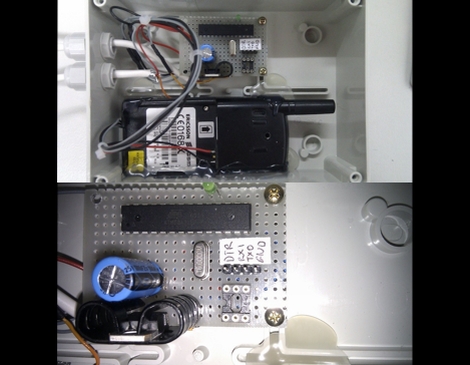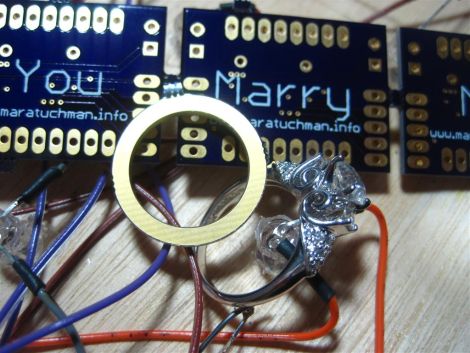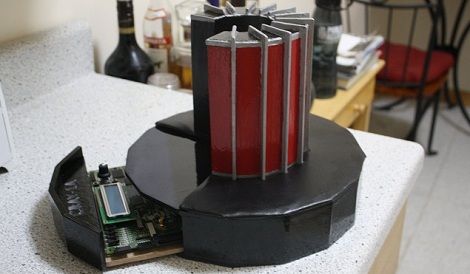
[Dimitris] decided to build a homemade alarm system, but instead of triggering a siren, sending an SMS message, or Tweeting about an intrusion, he preferred that his system call him when there was trouble afoot. He says that he preferred a call over text messaging because there are no charges associated with the call if the recipient does not pick up the line, which is not the case with SMS.
The system is based around an off the shelf motion detector that was hacked to work with an old mobile phone. The motion detector originally triggered a siren, but he stripped out the speaker and wired it to a bare bones Arduino board he constructed. The Arduino was in turn connected to the serial port of an unused Ericssson T10s mobile phone. This allows the Arduino to call his mobile phone whenever the motion detector senses movement.
The system looks to be quite useful, and while [Dimitris] didn’t include all of the code he used, he says others should be able to replicate his work without too much trouble.















